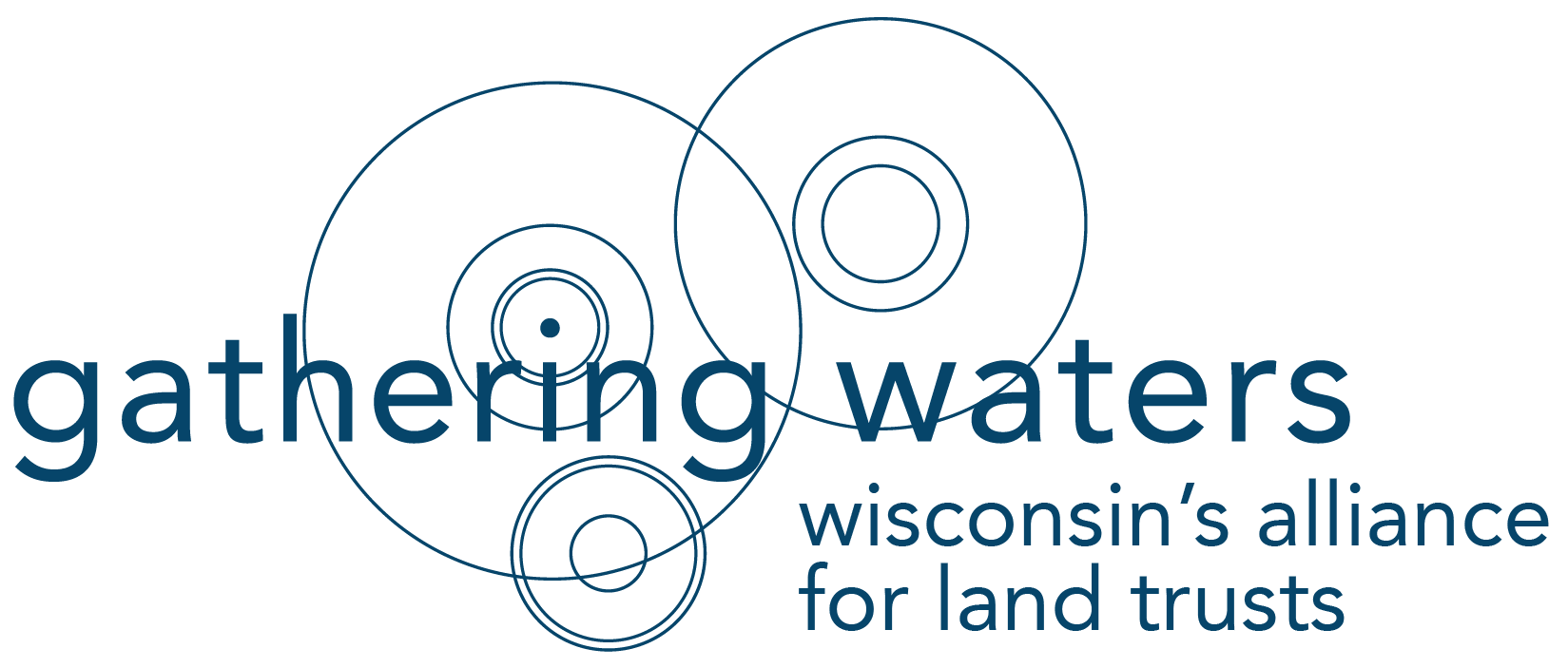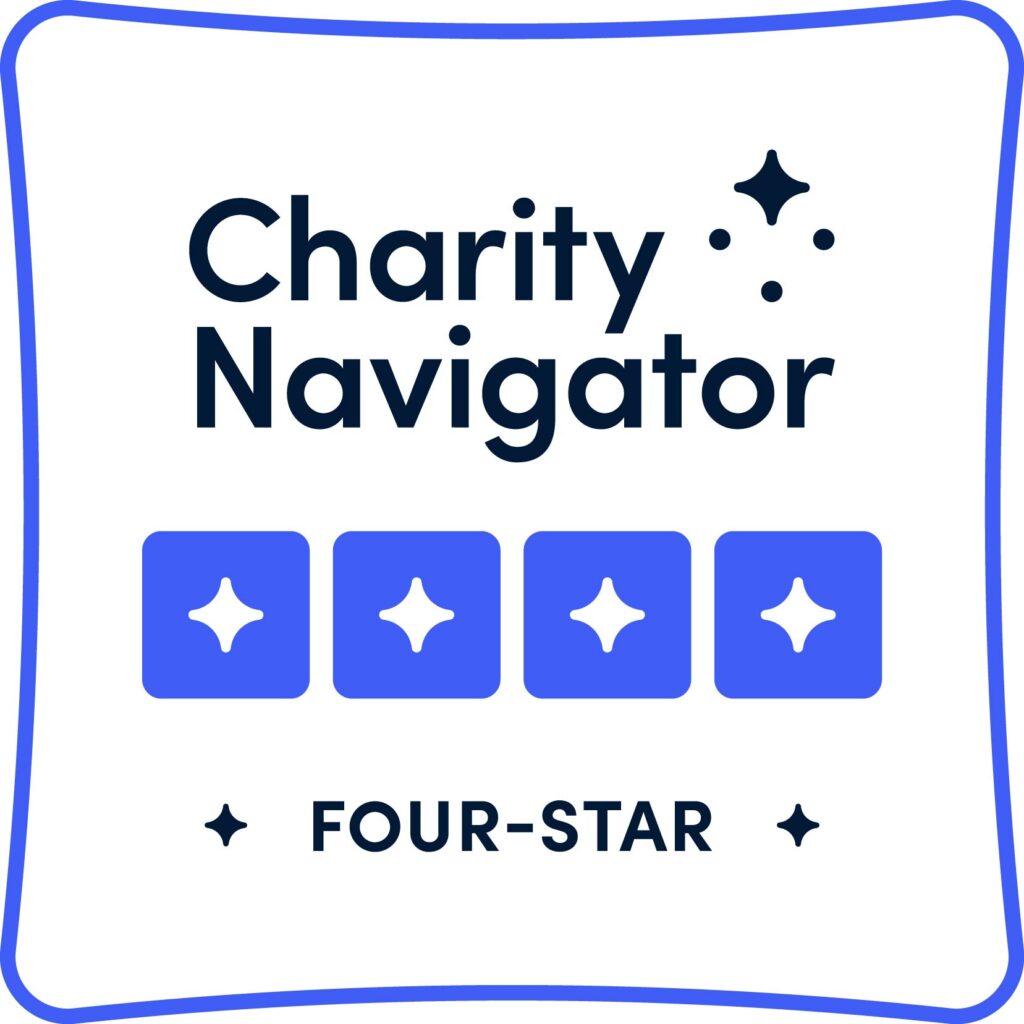by Kate Zurlo-Cuva, Land Trust Programs Director
Last week, Mike Carlson and I drove to Minneapolis because the President asked us too.
The Obama administration has launched an expansive effort to collect citizen input about the future of federal policy affecting America’s Great Outdoors.
The America’s Great Outdoors Initiative is, in part, a public online forum to collect people’s ideas about natural resource policy priorities. As you might expect, an open invitation for all internet-using Americans to chime in on what the government should do about nature has collected an expansive and eclectic array of comments.
“Make EPA do their job!”
“Allow hangliders in National Parks!”
“A coast to coast off road jeep trail!”
“More naturalist [yep, nudist] recreational opportunities!”
Besides the online “idea jam,” the Great Outdoor Initiative is on tour with a series of public meetings. That’s what we went to Minnesota to attend, and there, I am happy to share, one could discern above the din a clear strain of smart comments about the value of land trusts and how practical improvements to federal programs will allow land trusts to increase the pace of land protection.
Among the plenary speakers was a respected gray beard of the land trust movement, Iowa Natural Heritage Foundation’s Mark Ackelson. Lisa Jackson, the EPA Administrator was also there, along with representatives from the White House Council on Environmental Quality, and Senior staff from USDA and Department of Interior.
They asked us what conservation strategies are working in the upper Midwest? Where we see obstacles to conservation and getting people outdoors? They asked how we think federal agencies can be better partners and what new conservation tools are needed.
Before two busy stenographers recording the whole session, Mike and I shared our feedback that land trusts are valuable, even essential partners to several federal programs, and that some bureaucratic habits and procedural barriers could be changed to connect those dollars with the organizations that can leverage them to great conservation ends.
From a small but articulate and united core of land trust representatives at this session came a clear call to make the enhanced tax incentive for conservation easement donations permanent. We land trust voices mentioned the importance of increased funding for Farm Bill conservation programs like FRPP and WRP, with some tweaks to those programs to allow land trusts to be more efficient easement-purchasing partners.
We advocated for full funding of the Land and Water Conservation Fund and Forest Legacy Program, again, with some changes to allow land trusts direct access to funds for their conservation priorities.
We don’t envy the job of staffers charged with sifting through thousands of comments about what the government should do with America’s Great Outdoors. But we do commend the efforts to listen to the experience of the partners doing the work on the ground, and we felt reassured that the land trust movement is, as we should be, at the table.
Since squeaky wheels get greased, we encourage you to squeak on behalf of land trusts, too!
What do YOU see as the biggest obstacles to conservation and getting people to the outdoors?
How can land trusts harness federal resources to meet these challenges?
The Department of Interior is still collecting ideas. There’s another listening session on August 30 in Chicago. You can submit your comments through the America’s Great Outdoors Web site or share your thoughts in the comments section below and we’ll be sure they’re passed along.
Land Trust Alliance is tracking the ways the land trust community is tapping into this Initiative, and has suggestions about what land trust supporters can share. Visit the Alliance’s website here.


